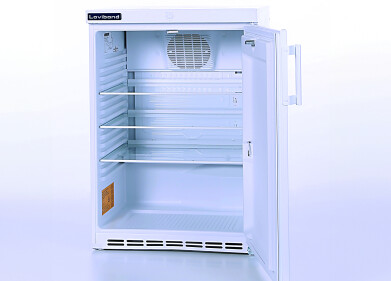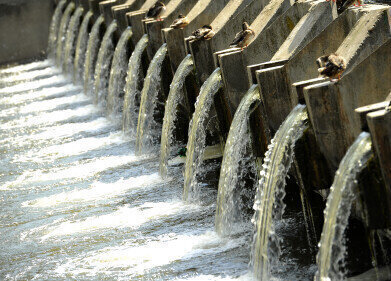Drinking water
Particle Characterisation in Drinking Water
Nov 10 2020
Counting and sizing particles in drinking water offers significant information to water treatment plants to enhance their ability to monitor and therefore to optimise the processes. The Coulter Principle has been used for many years for counting and sizing particles in waters from ultra-clean waters for the semiconductor industry to sediments in murky waters.
For drinking water, it needs a fast, easy, accurate and automatic method to count and size particles as there are just a few particles present in the sample, also reliable results not dependent of the operator’s judgment as opposed to a manual method. The goal of any drinking water plant is to yield a finished product free of solid particles; a high sensitive method for testing is required.
Microplastic (MPs, defined as larger than 1 µm) have been detected in a variety of products and environmental samples, including Waste Water to drinking water, it is good to understand the water you drink is particle free or not. There is no routine test for microplastic for drinking water, however, if the total particular matters concentration is low, that means the filtration system is good, while ultrafiltration can remove particles >0.01 µm.
The Multisizer 4e can shows the size distribution and statistics of a bottle distilled drinking water, the results are expressed in particles/mL. In addition to the total concentration of particles, it is possible to determine the concentration of particles above pre-set size levels, like above 0.2 micron, above 2 microns, above 5 microns, etc.
The Multisizer 4e may also be used to evaluate filtration efficiency in drinking water machine or treatment plants, you may measures your water sample before and after the filter, and it will calculate the percentage of filtration efficiency for you.
The latest Coulter counter members is the Multisizer 4e, which builds on the original Coulter Principle, adding a Digital Pulse Processor (DPP) for ultra-high resolution, multiple-channel analysis and accuracy unattainable by other technologies. The measurement data for each particle is analysed and stored. The data can be analysed and formatted in numerous ways or stored and re-analysed later – no need to analyse the sample again. Also, particles as small as 0.2 µm and as large as 1600 µm in diameter can routinely be measured, it is an excellent tool for monitoring drinking water processes.
Digital Edition
IET 35.2 March
April 2025
Air Monitoring - Probe Sampling in Hazardous Areas Under Extreme Conditions - New, Game-Changing Sensor for Methane Emissions - Blue Sky Thinking: a 50-year Retrospective on Technological Prog...
View all digital editions
Events
Apr 08 2025 Birmingham, UK
Apr 08 2025 Targi Kielce, Poland
Apr 08 2025 Baku, Azerbaijan
Apr 08 2025 Bahrain
Apr 10 2025 Beijing, China



















